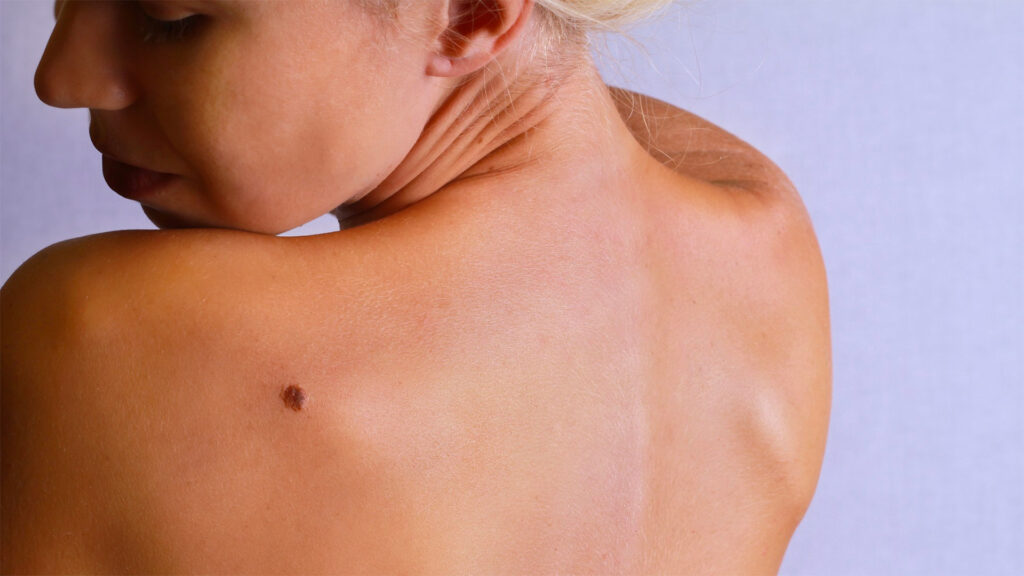We often hear about melanoma, a malignant tumor that derives from the transformation of some skin cells, specifically those that deal with the production of melanin, and which represents 9% of juvenile cancers in men and 7% in women every year. .
It is rare in children and mostly affects people between the ages of 45-50.
Now let's see how many types of melanoma exist, what are the risk factors and how to prevent them.
The four main types of melanoma
Before looking specifically at the individual types, it is important to clarify that melanoma is never benign, consequently if it is not removed it can produce metastases, nevertheless it has different degrees of aggression.
- Il superficial spreading melanoma, which fortunately is also the most widespread, has a very low degree of aggression. It is a superficial lesion that tends to spread slowly without generating metastases.
- Il lentigo melanoma instead it generates from a senile blemish and progresses with a certain slowness. This too, like superficial spreading melanoma, is not very aggressive.
- Il nodular melanoma on the other hand, it appears either as a sort of dark-colored or pink-colored papule or the same color as the skin and spreads very quickly.
- Il freckled acral melanoma it has an incidence of 2-10% and is more common among dark-skinned people who are unlikely to develop other forms of melanoma. It is brown, black or olive in color, and has irregular edges. One of the main characteristics of this melanoma are the areas of the body where it tends to occur: under the nails or in the palms of the hands or feet.
Melanoma: risk factors, people most affected and mapping of moles in pharmacies
In most cases, the cause of melanoma is excessive exposure to sunlight. But frequent use of sunlamps and tanning beds is also seen as particularly dangerous. The people most at risk are those with fair complexions, freckles, many moles, blue eyes and blond or red hair. Even people of a certain age and with an immunosuppressed system are particularly prone to the onset of melanomas.
Nor should the hereditary factor be underestimated, in the sense that melanoma is not in itself a hereditary disease but there are inherited mutations from one or both parents which, even if they do not involve the onset of the disease, can increase the risk to varying degrees. . In practice, it is recommended, especially for those who have a close relative affected by this tumor in the family, to periodically carry out the mapping of the moles which consists of a dermatoscopic examination, which can now also be performed in the pharmacy.
Prevention and teledermoscopy in the pharmacy
There are a number of behaviors that must be followed to reduce the risk of developing melanomas, such as:
- - moderate exposure to the sun after using a protective cream suitable for your skin type and avoiding peak hours;
- - minimize the use of lamps and tanning beds;
- - follow a diet rich in beta-carotene (fruit, carrots, peas, broccoli, melon, etc.) which helps protect the skin from damage caused by solar radiation.
- - periodically undergo the mapping of the moles or dermoscopic examination, which can also be performed in the pharmacy. In fact, through the dermoscope it is possible to carry out an in-depth examination of moles by observing all their characteristics. A fiber optic camera connected to a PC allows you to see the moles in high definition and to have a complete report within 2-3 days.
Prevention is in fact the most effective and powerful weapon we have at our disposal to fight melanoma.

